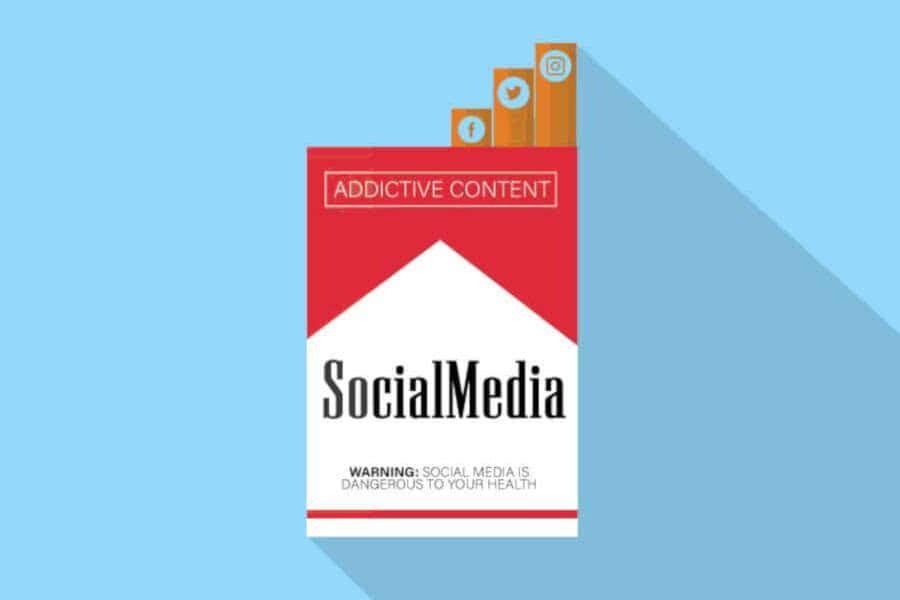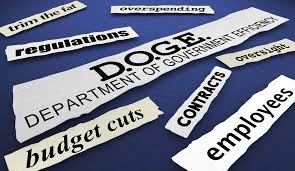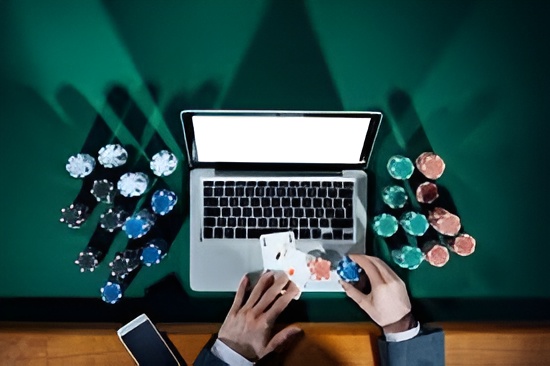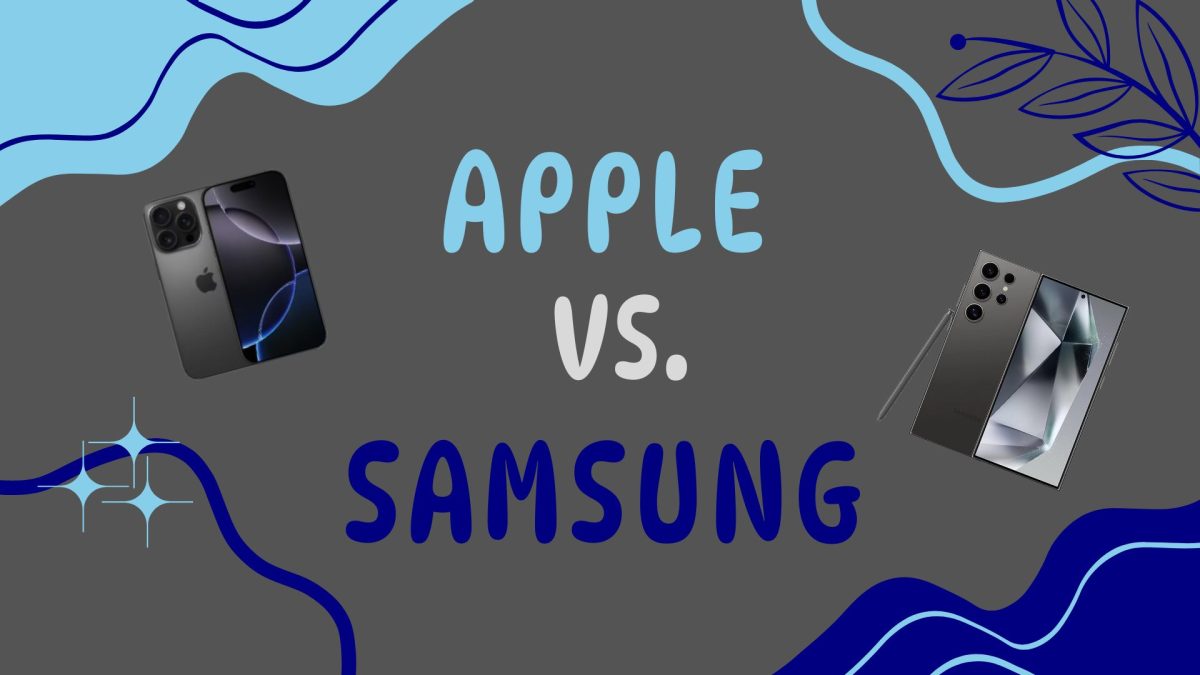Worldwide in 2024, there are an estimated 4.9 billion people who use social media. The average daily use is 145 minutes–that’s over two hours a day (Health.ucdavis.edu), and for teens, the amount can be tripled.
Specifically for teens and young adults who use social media, depression and anxiety are escalated. Numerous studies now exist that show a correlation between increased social media use and decreasing mental health.
And according to Carespot.com, the effects of social media can also be physical: eye disorders, strained vision, neck and back pain, and high blood pressure. It can also reduce your sleep, making you more fatigued throughout the day. Jon Shaffer writes, “The urge to always be online often leads kids to stay up late at night… the blue light from the screen tells the body that it is daytime, inhibiting the production of melatonin that informs the body it is time to sleep. Sleep deprivation is particularly harmful to teens, whose rapidly changing brains require more sleep.”
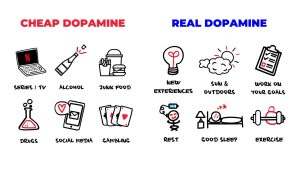 Due to the research on the mental and physical effects of social media, the United States Surgeon General called upon social media companies to improve the safety and health of their users. The state of New York recognized the severity of the problem and decided to classify social networking sites as a “public threat.” The state has filed lawsuits against apps like Tiktok, Youtube and SnapChat, which are currently ongoing. The basis of the lawsuits is that the apps intentionally create addiction.
Due to the research on the mental and physical effects of social media, the United States Surgeon General called upon social media companies to improve the safety and health of their users. The state of New York recognized the severity of the problem and decided to classify social networking sites as a “public threat.” The state has filed lawsuits against apps like Tiktok, Youtube and SnapChat, which are currently ongoing. The basis of the lawsuits is that the apps intentionally create addiction.
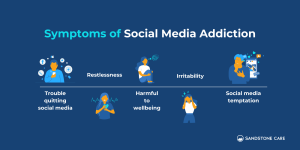 Addiction takes place because apps can change dopamine levels. Social media uses the brain’s reward center. It impacts the release of dopamine, the chemical that makes you feel good after doing something pleasurable. Many of these social media platforms are designed cause a release of dopamine with things like notifications, likes, comments, and a constantly updating feed of content with no “end.” The dopamine then becomes addictive; it takes more and more dopamine to experience pleasure, making users vulnerable to symptoms like anxiety and depression (McLean Hospital.)
Addiction takes place because apps can change dopamine levels. Social media uses the brain’s reward center. It impacts the release of dopamine, the chemical that makes you feel good after doing something pleasurable. Many of these social media platforms are designed cause a release of dopamine with things like notifications, likes, comments, and a constantly updating feed of content with no “end.” The dopamine then becomes addictive; it takes more and more dopamine to experience pleasure, making users vulnerable to symptoms like anxiety and depression (McLean Hospital.)
For teens, especially, the impacts can be more severe. Social media has become a huge part of teenagers daily lives, with teenagers texting or chatting with their friends on social media apps like Tiktok or Instagram. Yale Medicine notes that from ages 10 to 19 the brain is the most sensitive. It is the most susceptible to influence at this time. As such, using social media can affect functions of the brain causing disrupted emotional learning, behavioral issues, poor impulse control, and poor emotional regulation.
Guidance counselor Leah Borden says that she frequently sees the negative effects of social media on the MMS students with whom she works. She notes that “spending time comparing themselves to someone else’s life and lifestyle [is] ruining their self esteem or [causing] confidence to plummet.” Social media accounts can present a filtered version of one’s lifestyle–one that is either manufactured, inaccurate, or blatantly false. But teens may feel envious of this false reality and even try to replicate it; and when they can’t, they may start to think to themselves, “I’m not good enough.”
Author Jonathan Haidt, professor at New York University and a leading researcher in this area, echoes this idea. He tells The Atlantic, “Social media…displaces other forms of interaction among teens, puts the size of their friend group on public display, and subjects their physical appearance to the hard metrics of likes and comment counts.”
Haidt looks closely at the research on mental health since social media became popular in 2010. His findings are alarming, especially for girls–a trend he blames on the hard hits social media makes to one’s self esteem. In his book, The Anxious Generation, he notes that since 2010, “the number of emergency room visits for self-harm rose by 188% among teenage girls in the US and 48% among boys. The suicide rate for younger adolescents also increased, by 167% among girls and 91% among boys.”
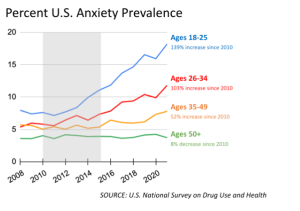 The graph notes a sharp increase in anxiety since 2010, but it impacted young adults much more than older individuals. Haidt claims that this is because the older generations were able to build confidence and coping skills through other off-screen hobbies and interactions while today’s youth did not have these experiences.
The graph notes a sharp increase in anxiety since 2010, but it impacted young adults much more than older individuals. Haidt claims that this is because the older generations were able to build confidence and coping skills through other off-screen hobbies and interactions while today’s youth did not have these experiences.
Still adults are not completely immune to the negative effects of social media. More than one-fifth of adults in the USA are affected by a mental illness, according to Stanford, and the U.S. Surgeon General has noted a link between mental health issues and social media use. As The Guardian says, social media impacts adults because of the advertising, especially ads for gambling. Many social apps like Tiktok and You tube promote apps and games that involve spending money . This problem has received the attention of the Committee of Advertising Practice (CAP) and they had considered a ban on content-making for gambling. A member of CAP stated that they and other members of CAP won’t hesitate to ban ads that targets ads for gambling to a younger audience. Theguardian.com states that the Betting and Gaming Council (BGC) are introducing a new age-gating rule for advertising in social media.
Even though social media should bring you together with people, it can also make people feel lonely and isolated. For many, social media has taken the place of real experiences such as going outside, pursuing hobbies, or and talking to a person face-to-face. Due to its addictive qualities, it can be hard to pull oneself away from social media; hours can quickly be lost numbly scrolling. And the impacts to ones physical and mental health can be lasting.


